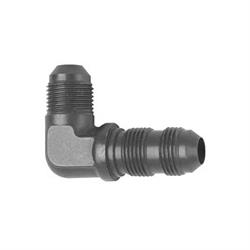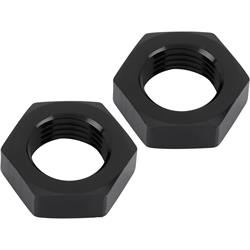How to Install an External Transmission Cooler
In my last article, I dealt with the installation of a new double pass radiator to help with cooling issues. This article will deal with keeping that transmission fluid cool and performing as it should. Since I have a TH400 with a higher stall converter, I will need something better than a stock cooler in a radiator. Generally, higher stall torque converters will generate more heat at higher RPM's and trying to cool the fluid with a stock in the radiator cooler isn't enough. Cooling the transmission fluid this way will also generate more heat in the coolant. So if you are having issues with a vehicle running hot, switching to an external transmission fluid cooler is an option. Since my new radiator wasn't equipped with an in the tank cooler, I opted for an External Transmission Cooler. This is an aluminum 6 pass cooler that comes with 4 foot of 3/8" hose and the EZ-tie style mounting rods/clips. I also opted to use this Universal Transmission Cooler Line Kit. This kit includes pre-bent hard lines with the correct 1/2"-20 inverted flare male ends for the transmission side and some extra 5/16" hose and clamps. For my set up, I wasn't crazy about pushing those plastic tie straps through the core of my brand new radiator. And since my radiator had a nice mounting lip on the top and bottom, I chose to use some 1/8" thick 1" wide strap steel I had leftover from my radiator swap.
After measuring the length I needed, I drilled a hole in each end of the strap and used some small countersunk bolts from the back of the strap to bolt the cooler to. I doubled up on the ends of the strap to add clearance between the fins of the radiator and the transmission cooler and painted them black for corrosion resistance. I then centered the transmission cooler and mounted it low to match the opening of the grill for maximum airflow.
Fastened with AN6 Nuts to the front bumper filler panel and used Straight Push-On Ends to attach the rubber hose.
With the cooler installed and the hoses attached, I was in business to keep that TH400 nice and cool with a clean look and top performance.





